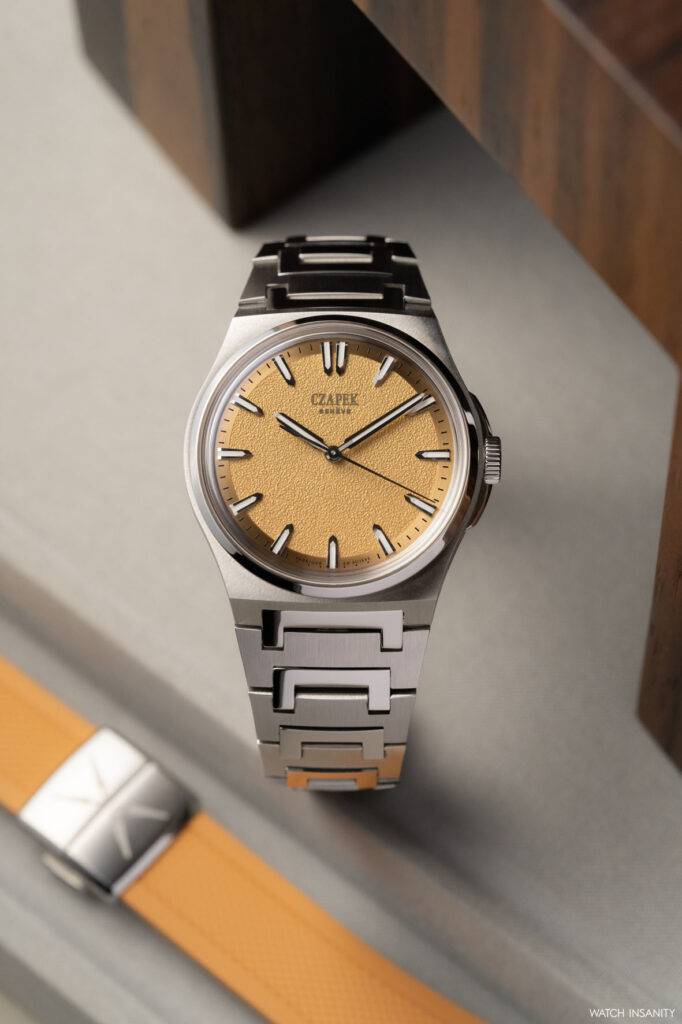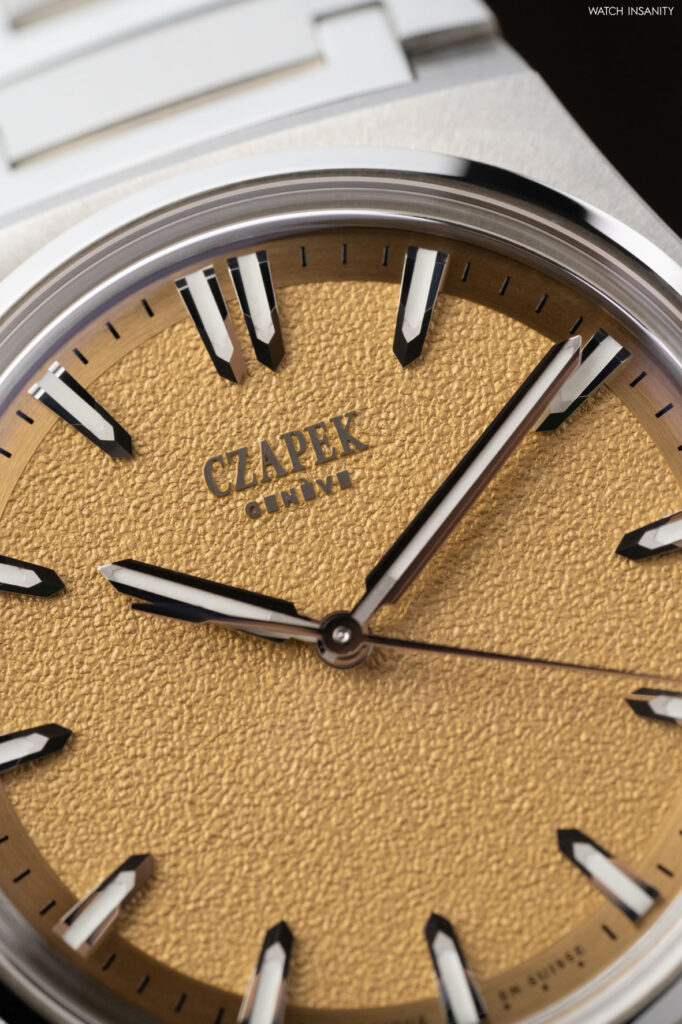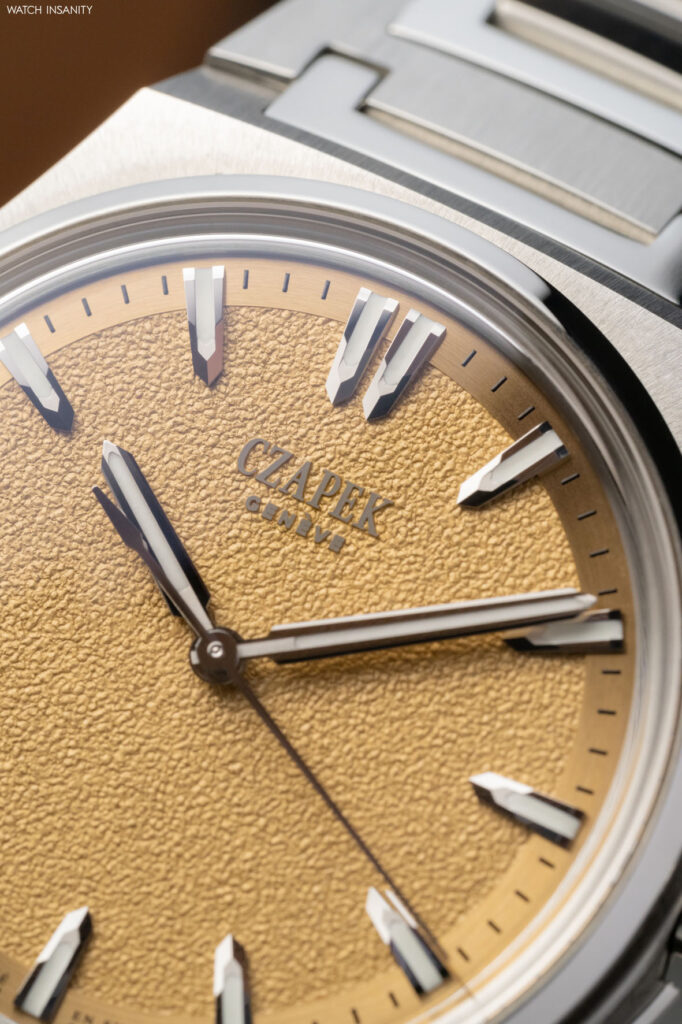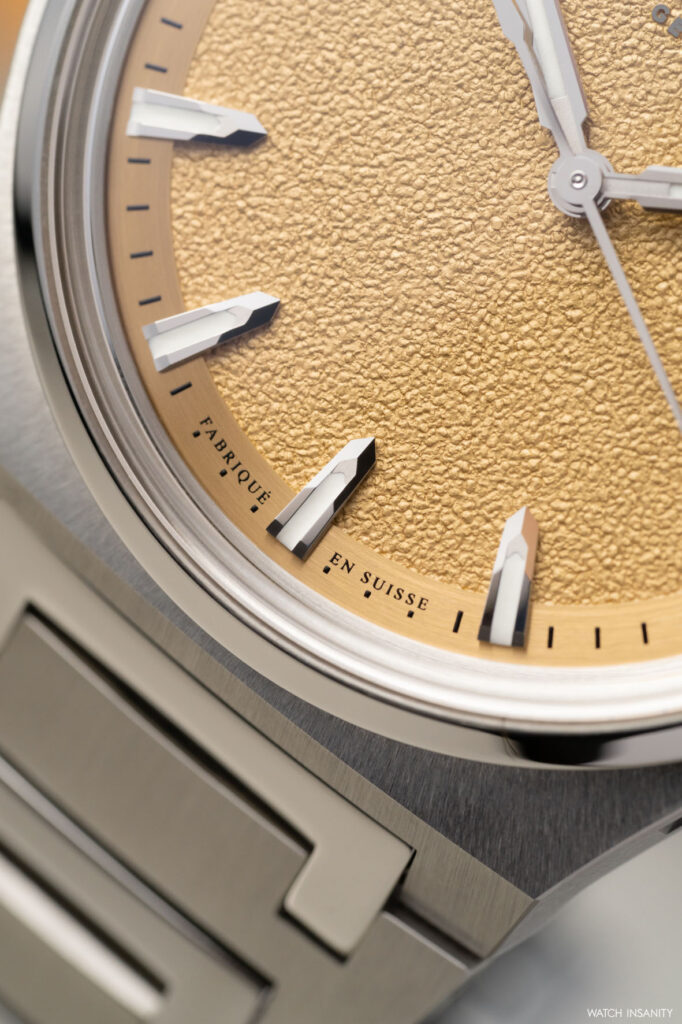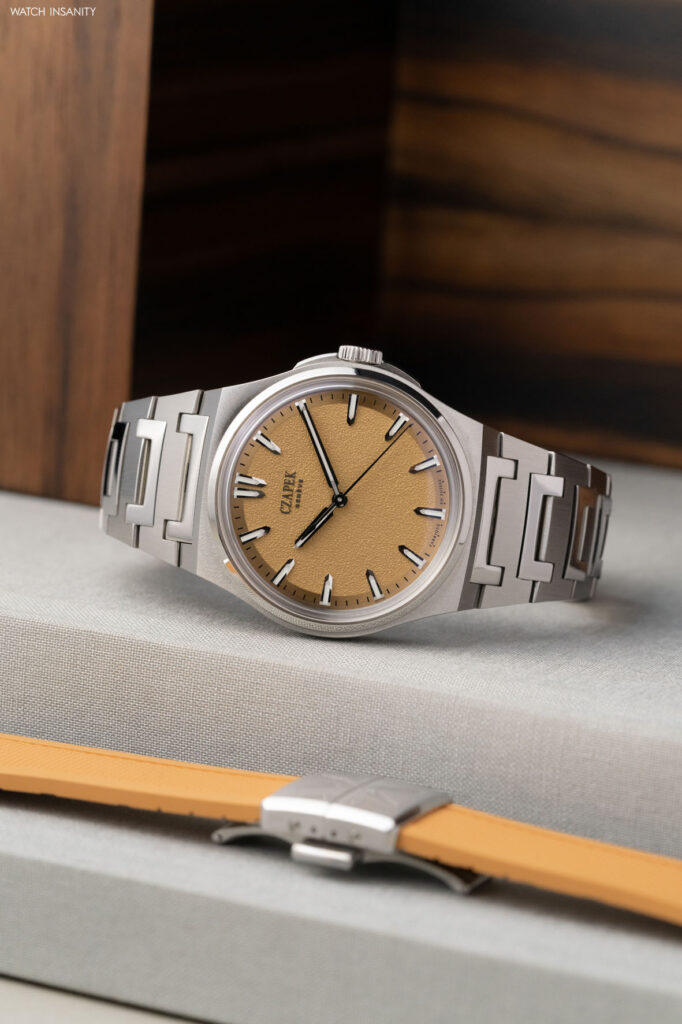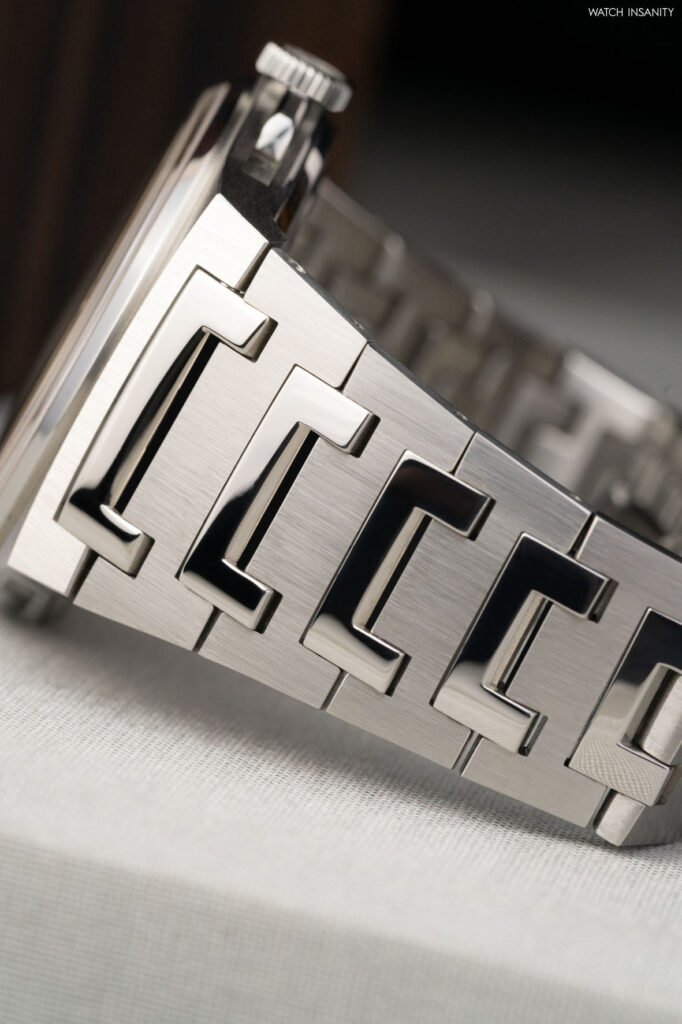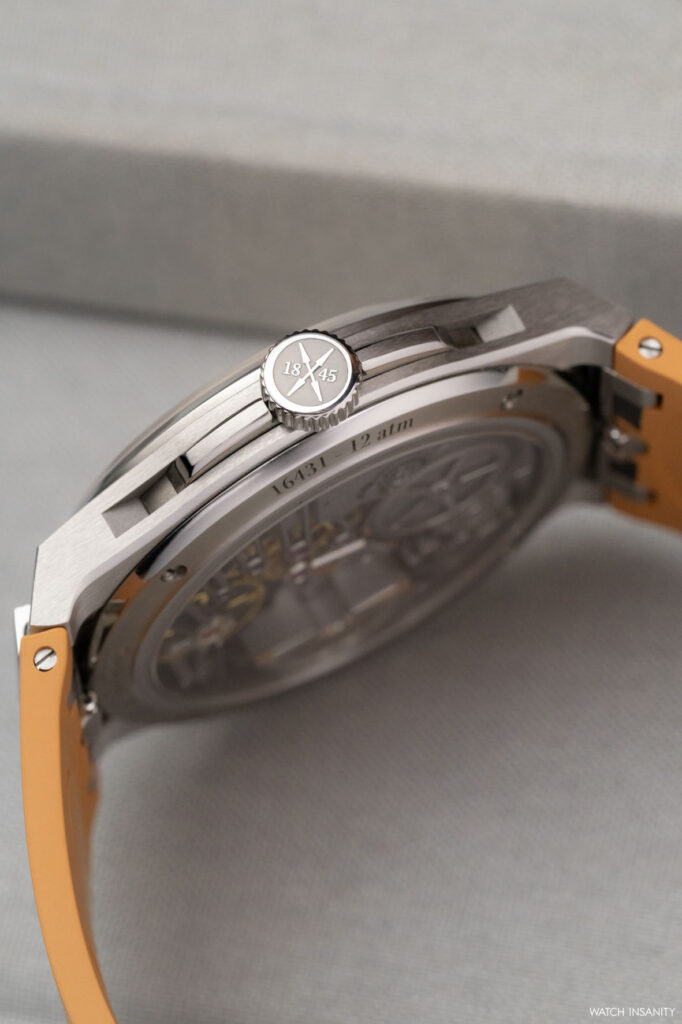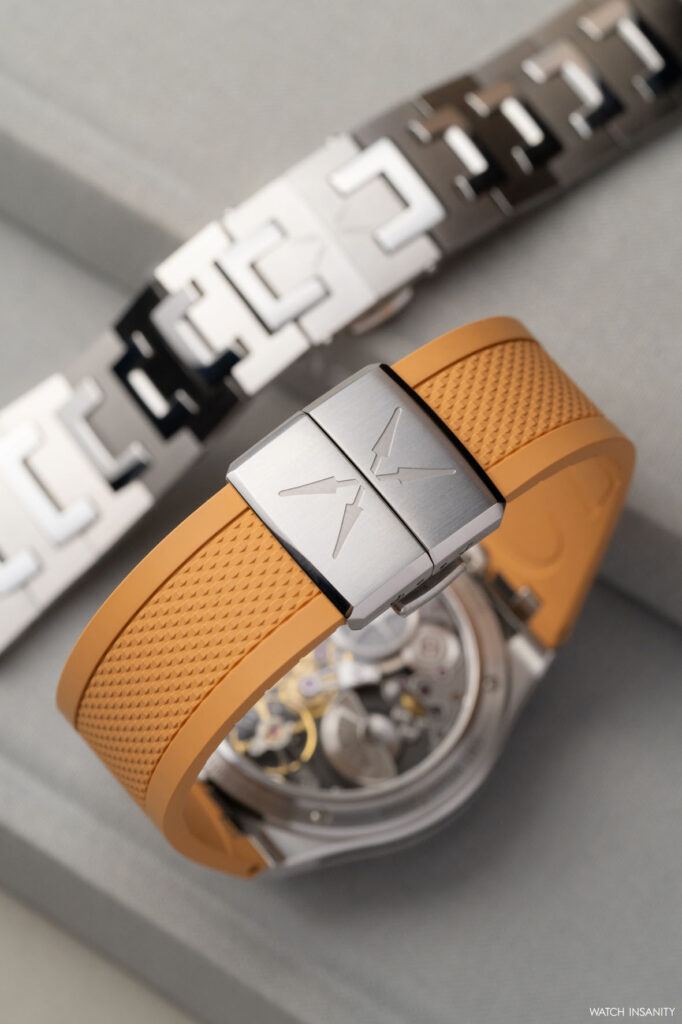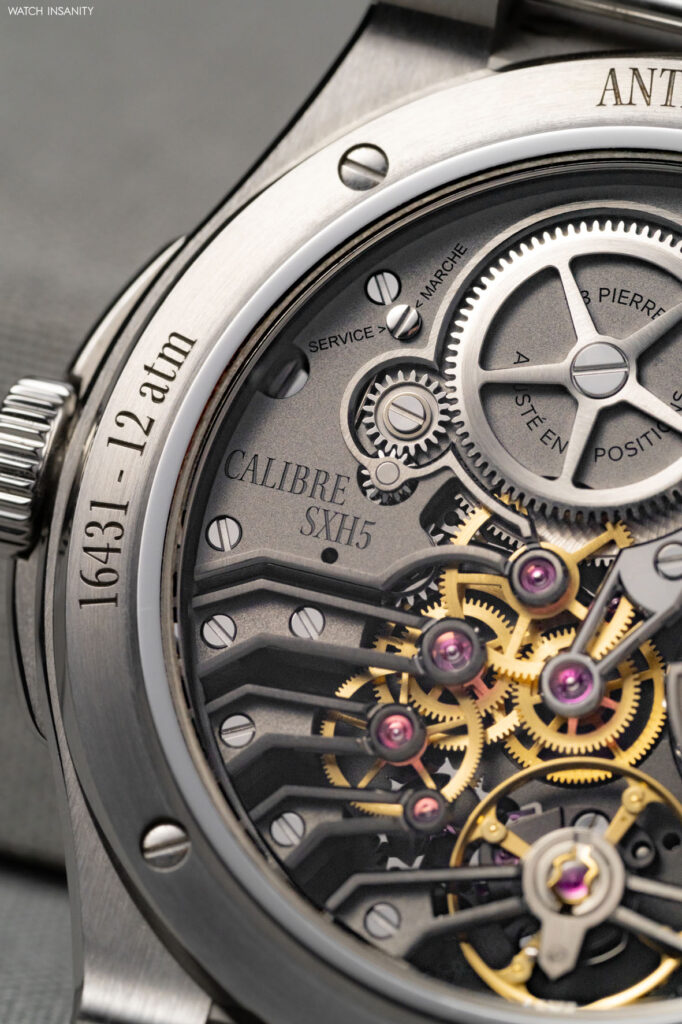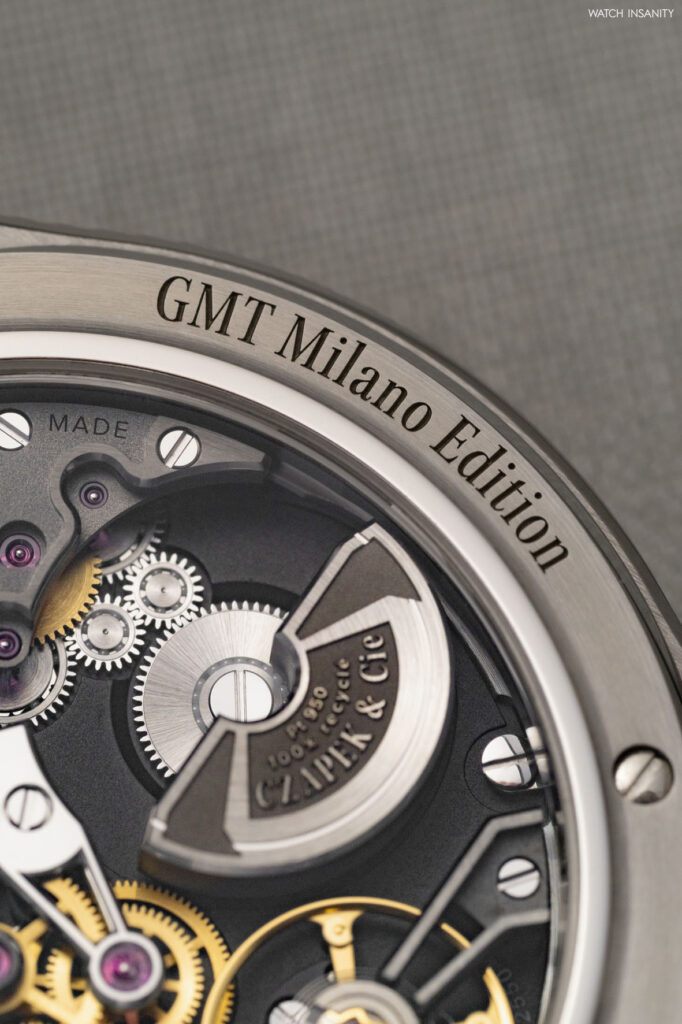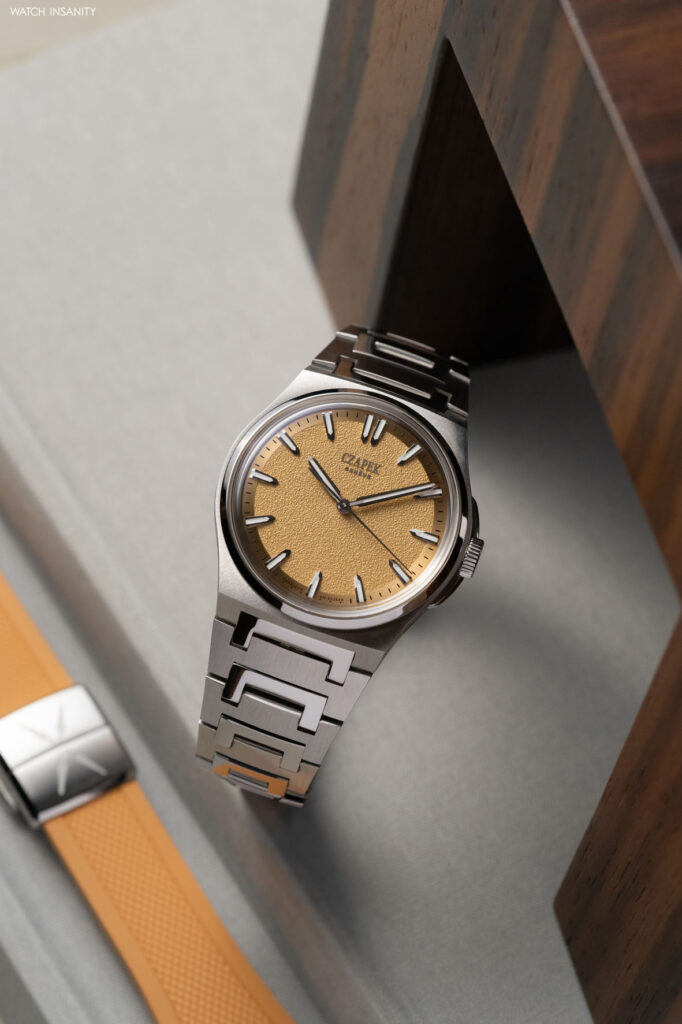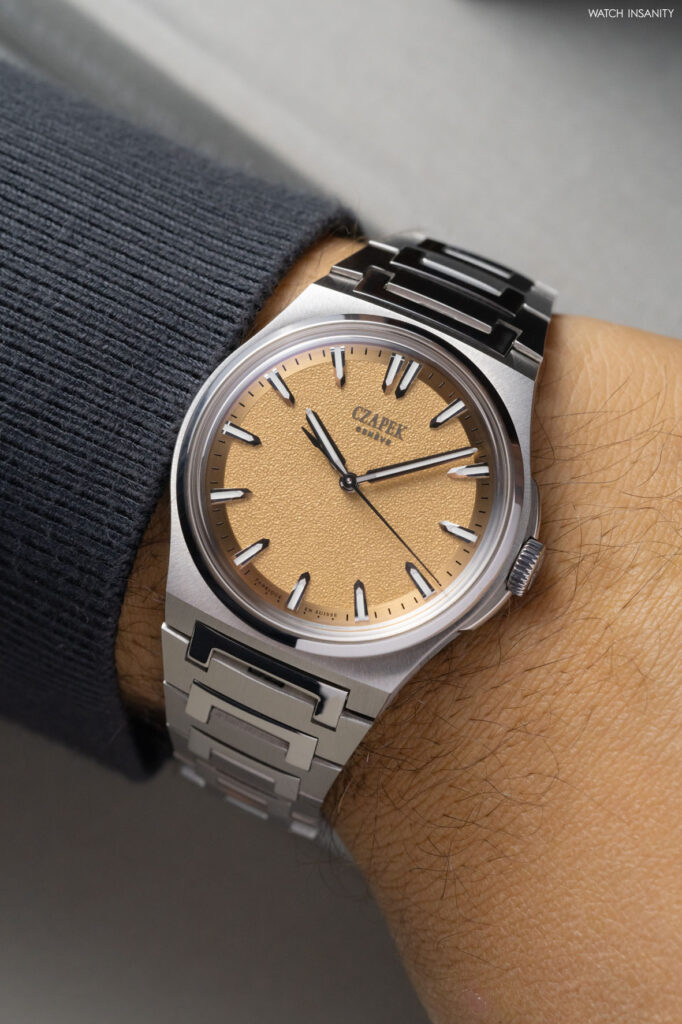Czapek Antarctique GMT Milano Edition, an encounter of excellence
23 October 2024What really makes a limited edition valuable? Not only the name of the watchmaking brand that creates it: the value of the event, of the occasion, of the partner that collaborates to this edition also counts. This is why we can write, without fear of contradiction, that the Antarctique created by Czapek & Cie. for GMT Great Masters of Time in Milan is one of the most interesting (and dedicated) limited editions that we have seen in 2024. On the one hand: one of the brightest stars in the galaxy of Italian and European retailers focused on independent haute horlogerie. On the other: one of the haute horlogerie brands currently enjoying the most success among enthusiasts and collectors, due to the positioning choice it has made in independent watchmaking – that of pursuing Beauty, listening to and serving enthusiasts, offering quality and excellence without giving in to compromise.
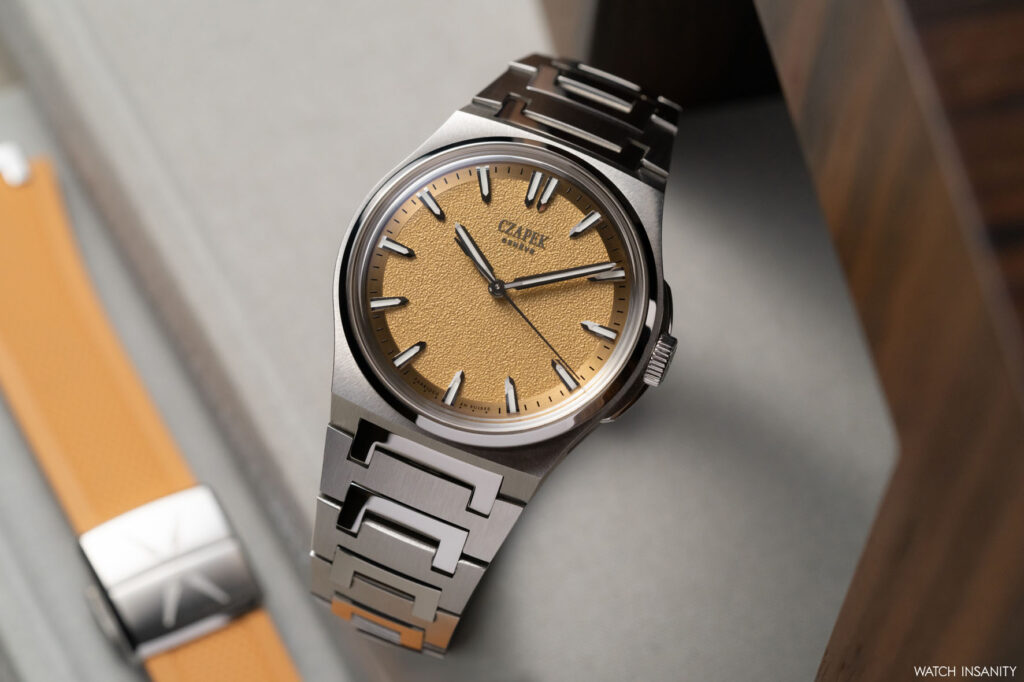
CZAPEK AND GMT GREAT MASTERS OF TIME: EXCELLENCES THAT GO HAND IN HAND
Moreover, it is precisely the history of Czapek to impose this ‘striving for excellence’: a forma mentis which derives from the deep connection between its founder, the watchmaker Franciszek (or François) Czapek, and the entrepreneur and nobleman Antoni (or Antoine) Patek. It was, in fact, 1 May 1839 when François Czapek and Antoine Norbert de Patek, both Poles who had emigrated to Switzerland, founded ‘Patek, Czapek & Cie.’, a company specialising in the production of pocket watches. This collaboration ended in 1845 and led Patek to create ‘Patek, Philippe & Cie.’ six years later together with Jean Adrien Philippe. Czapek, on the other hand, founded ‘Czapek & Cie.’, whose traces were lost in 1869, only to be reborn in 2015, thanks to an equity crowdfunding campaign devised by Xavier de Roquemaurel, Harry Guhl and Sébastien Follonier.
The origins of GMT Great Masters of Time date back to the 1960s, when Giorgio Corvo became a watch distributor for the Italian market. In its first 40 years of existence, the retailer left an indelible mark on the history of Jaeger-LeCoultre, in particular with the relaunch of the Reverso. The early 2000s brought significant challenges in the watch market, and Michele Corvo – Giorgio’s son – had to decide whether to conform to the new business models or support the unique creations of emerging independent watchmakers. The result of this choice is there for all to see today, as it led to a redefinition of the company’s future and the birth, in 2007, of GMT Great Masters of Time, now managed by the third generation of the Corvo family with Jacopo and Mattia.
THE SEDUCTIVE FACE OF CZAPEK’S ANTARCTIQUE
Two stories so distant in time but close in philosophy, which well explain the value of Czapek’s Antarctique for GMT Milano. Our readers are well acquainted with the history and characteristics of this model, now a Czapek symbol. Those with short memory need only click here and take a tour of the numerous articles we have dedicated to the watch’s various references. To which we add today the one dedicated to the Milanese retailer, which distinguishes itself from the other Antarctiques mainly for its dial. A small work of art, in terms of materials and finishing, which is the most seductive face of this watch.
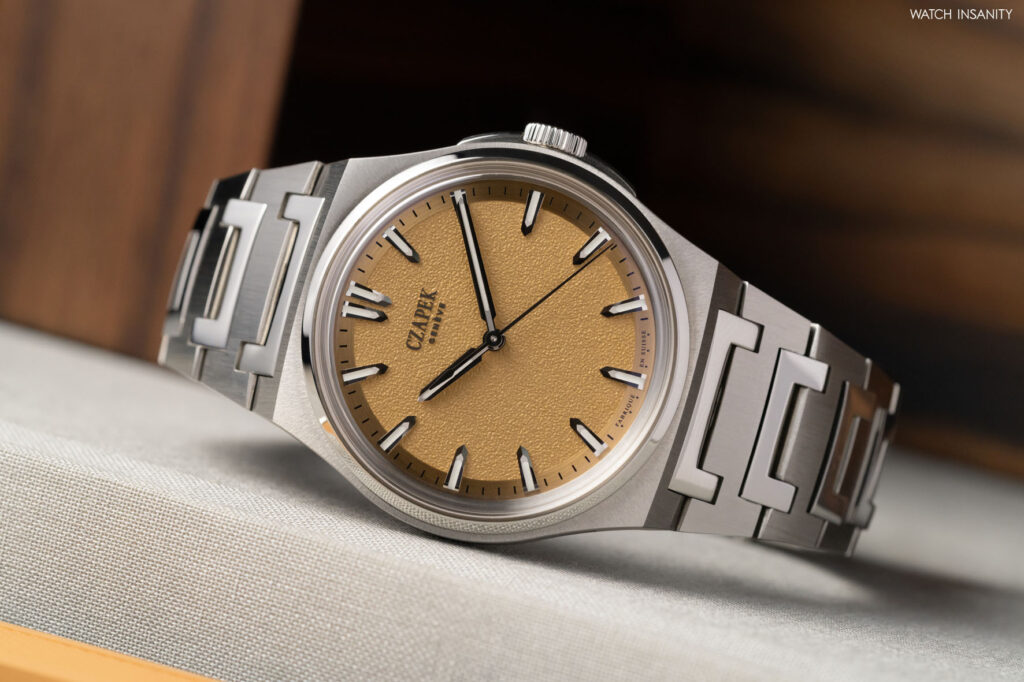
What distinguishes it at first glance is the 4N gold giving it its colour, a shade that has become synonymous with the exclusive GMT Milano editions. An almost champagne shade, which the Corvo family prefer to call Franciacorta (are they or are they not an excellence of Italian retail?) and which is not just a design choice, because it is a constant of the GMT Milano limited editions. A chromatic reference that is part of the Corvo family’s history and has now become symbolic, chosen to underline the company’s commitment to maintaining continuity with its historic tradition.
The dial is produced by Metalem, a prestigious Swiss dial manufacturer that is a long-standing partner of Czapek, and is characterised by a special matt-grained texture created by stamping in the centre and circular satin-finishing below the chapter ring. Both finishes have 4N gold plating, obtained by means of a galvanic bath.
The hour markers of the Antarctique GMT Milano Edition are made of steel, applied, facetted and elongated, and filled with luminescent material like the hour and minute hands. The three-dimensionality of the hour markers gives the dial, together with its special grené finish, a beautiful depth. The central seconds hand, the absence of a date display and the chapter ring without a chemin-de-fer contribute to giving the entire dial an aura of cleanliness and simplicity that will appeal to lovers of ‘less is more’ in watchmaking.
TOP CASE AND BRACELET
A special mention also goes to the case and bracelet. The former is the classic Antarctique case in steel with a diameter of 40.5 mm. It is distinguished by its workmanship, completely satin-finished soleil, which contrasts with the mirror polish of the bezel. The alternation of satin-finish and polish is echoed on the integrated, tapered bracelet, whose mirror and C-shaped central links are perfectly integrated into the overall architecture, from the lugs to the folding clasp. The watch is also fitted with a beautiful structured salmon-coloured rubber strap matching the dial, which is also closed by a folding clasp.
The case back is in sapphire crystal, which leaves the movement completely visible thanks to a very thin recessed ring. On the perimeter of the case back, in addition to the water resistance indication (12 bar), the words GMT Milano Edition and Antarctique are engraved. The bracelet’s quick-release mechanism can be easily accessed from the back of the watch.
CZAPEK’S SXH5 CALIBRE
We wrote that the movement is clearly visible from the back: it is the SXH5 automatic calibre, the first to have been designed entirely in-house from a blank page by Czapek. Every part of it was made with great attention to detail, with the help of the best Swiss partners and craftsmen. The micro-rotor, made of fully recycled platinum, is positioned off-centre to allow an in-depth view of the mechanism and its architecture, and winds a single 8.8 Newton/mm barrel. A free-sprung balance with variable inertia and four gold masselotte weights allows for maximum precision adjustment. It is a powerful movement with an optimal balance between inertia and torque to achieve perfect isochronism.
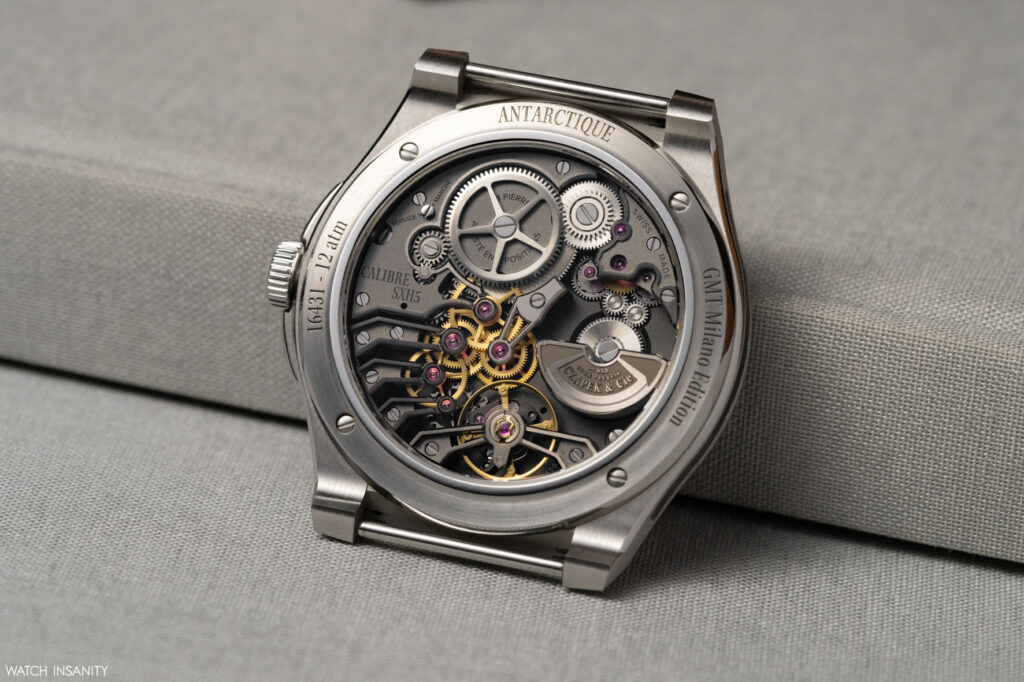
The time train is held in place by a series of seven skeleton bridges. Their original shape is reminiscent of a lace; it is inspired on the one hand by 19th century pocket watches, and on the other by the very modern rotor of the Czapek Faubourg de Cracovie chronograph. In fact, the movement has a very fine finish, with its corners hand-bevelled inwards. It has a significantly longer autonomy than the average high-end sports watch (usually between 40-45 hours): it reaches 60 practical hours and 70 theoretical hours. A movement that demonstrates how rigorous watchmaking craftsmanship can be enhanced by a pinch of free creativity.
The Czapek Antarctique GMT Milano Edition was presented in early October during Milan’s Watch Week. Made in only 30 pieces, it is of course available upon request at the GMT Great Masters of Time boutique in Milan, via della Spiga 25, at a price of 28,500 euros.
By Davide Passoni

